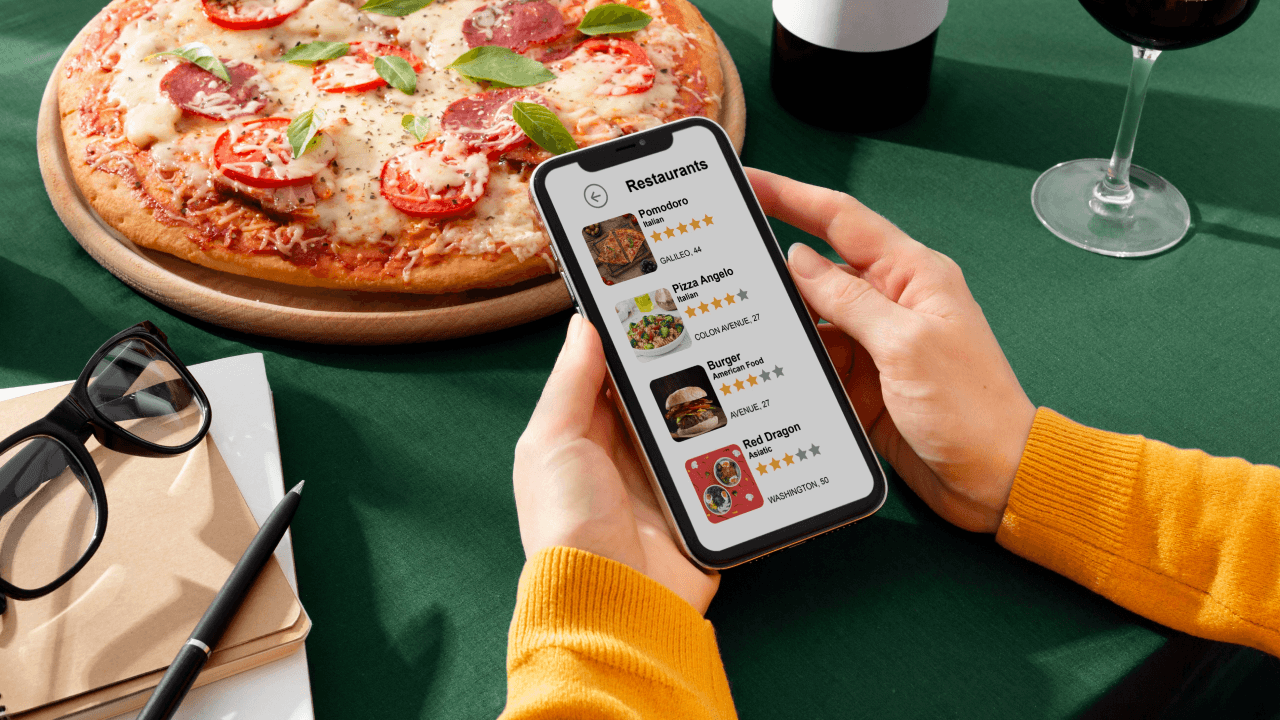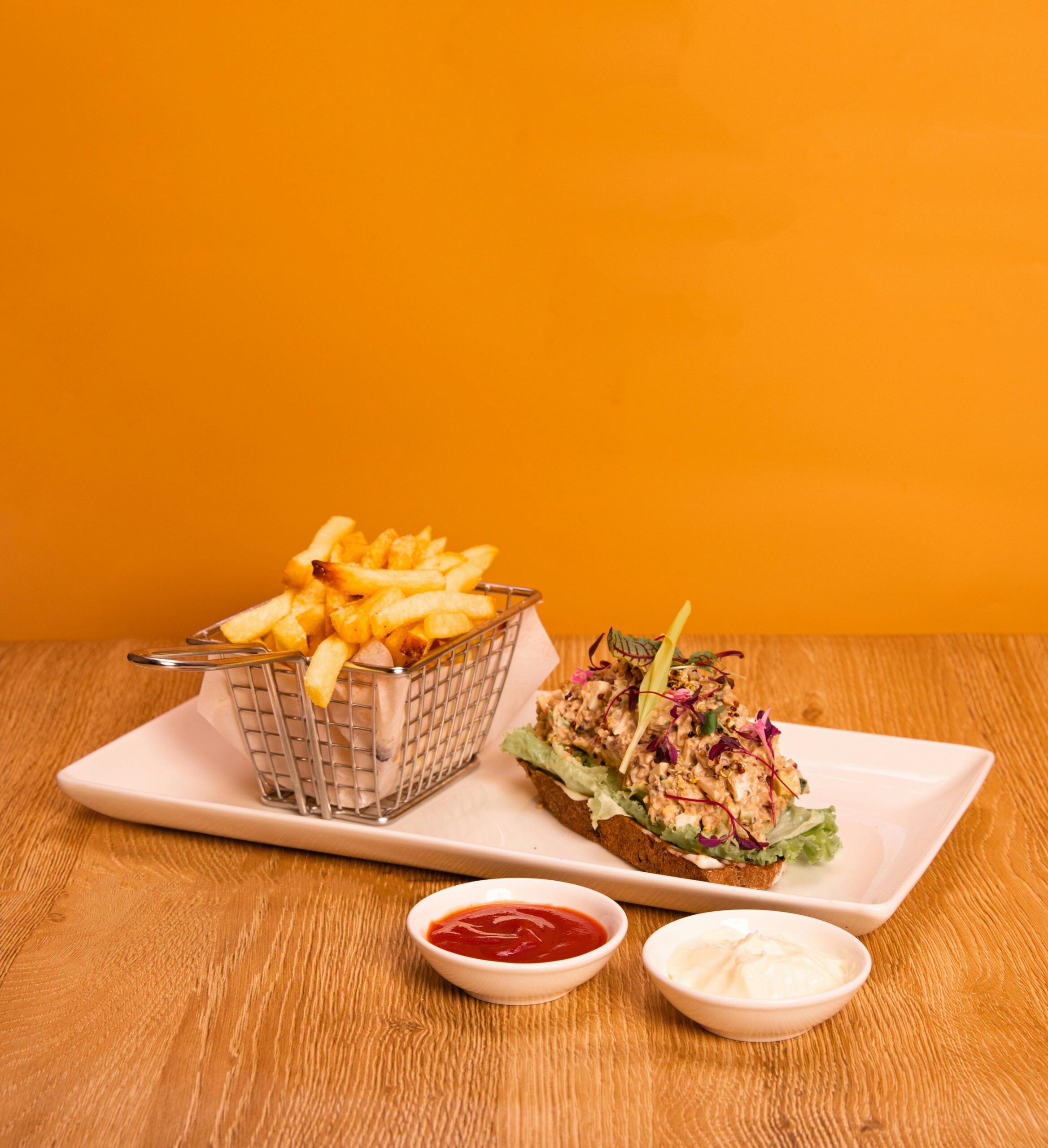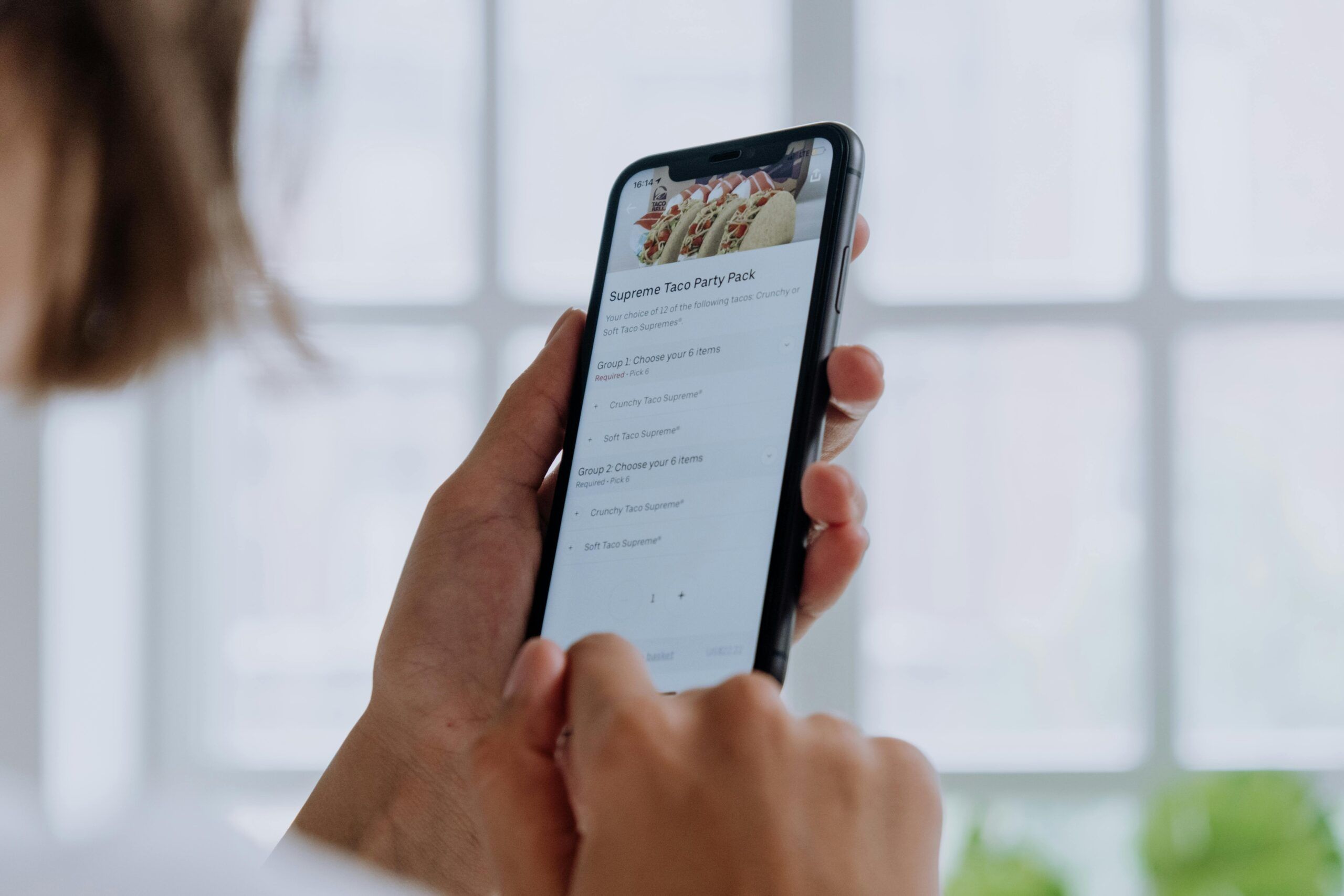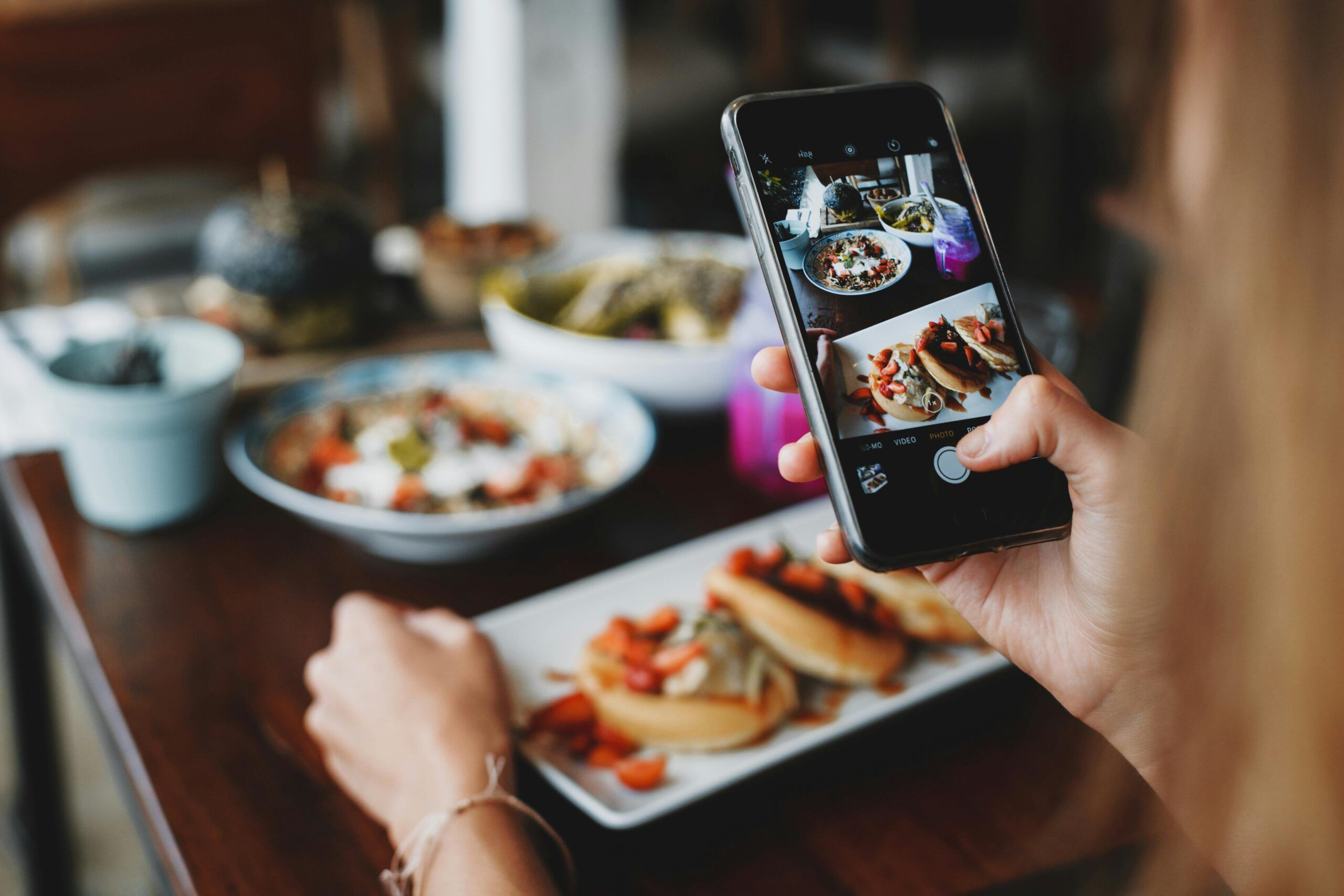- The Risks Of Depending On Just One Delivery Platform For Restaurants
- Building A Multi-App Strategy
- Orders. co’s Order Consolidation System
The increasing reliance on food delivery apps has revolutionized how restaurants serve customers, offering convenience and expanding their reach beyond physical locations. By the end of 2024, the number of online food orders is predicted to reach 172,84 million in the US.
However, many restaurants make the mistake of relying on a single delivery platform, thinking it simplifies operations and reduces commission fees. In reality, partnering with just one app can limit growth and revenue opportunities.
While high commissions may deter some restaurants from joining multiple platforms, those that diversify their delivery options tend to see increased efficiency, broader customer reach, and a more resilient business model.
This article will explore why relying on a single delivery platform for restaurants is limiting and how expanding to multiple third-party apps can benefit your restaurant’s long-term success.
The Risks Of Depending On Just One Delivery Platform For Restaurants
Reaching Fewer Customers: There are more than 10 online delivery platforms for restaurants. Grubhub occupies one-third of the market, and Uber Eats follows with 15 million users.
If your restaurant relies on more than just one platform, you’re only tapping into a fraction of the market, missing out on significant potential revenue.
Risks from App Changes: Relying on one app is risky because apps often change their rules, update how they work, or might even stop working temporarily.
These changes can make a restaurant less visible and hurt sales. When all your orders depend on one app, any small change can have a big impact on your business.
Ignoring Other Marketing Options: When a restaurant focuses too much on one delivery app, it might forget about other ways to market itself, like its own website or social media. This can make it harder to connect directly with customers and build a loyal customer base.
Restaurants risk losing out on direct orders and the chance to build real connections with their customers.
Building A Multi-App Strategy
Adopting a multi-app strategy boosts your restaurant’s visibility and sales by reaching diverse customer bases across various delivery platforms for restaurants.
This approach also reduces dependency on any single platform, safeguarding your revenue against potential disruptions and ensuring steadier operations.
Here are some steps for building a multi-app strategy:
1. Diversifying Delivery Channels
Adopting a multi-app strategy boosts your restaurant’s visibility and sales by reaching diverse customer bases across various platforms. This approach also reduces dependency on any single service, safeguarding your revenue against potential disruptions and ensuring steadier operations.
Benefits of Partnering with Multiple Delivery Apps
- Wider Exposure: Partnering with multiple delivery apps expands your restaurant’s reach across diverse user bases.
- Lower Dependency Risks: Using several apps decreases the risk of relying on just one, protecting against disruptions.
- Sales Increase: Accessing different customer segments through various apps can boost order volumes and revenue.
Examples of Different Types of Delivery Platforms for Restaurants
- Mainstream Delivery Apps: Big names like UberEats, DoorDash, and Grubhub have a wide reach and large user bases, making them a good choice for general exposure.
- Niche Delivery Platforms: Apps like Caviar or Postmates focus on special types of food, like gourmet or regional dishes, which can attract specific groups of customers.
- Hyper-Local Services: These are delivery platforms that serve local areas. They often have lower fees and can provide more personalized service, appealing to community-minded customers.
Also read:
- How to Partner with a Food Delivery App: A Step-by-Step Guide.
- Top 20 Food Delivery App Advantages for Your Restaurant Business
2. Developing A Strong Direct Ordering Channel
Creating a robust direct ordering channel through a restaurant’s own website and app is vital for several reasons.
Firstly, it enhances cost efficiency by eliminating the commission fees typically charged by third-party platforms, thereby improving profit margins.
Having your own platform also allows full control over the brand experience, from the ordering interface to branding and customer service, ensuring a consistent message and quality.
Moreover, owning the data collected from direct orders provides valuable insights into customer preferences, which can be leveraged for personalized marketing and improving customer retention.
To build a loyal customer base through direct orders, restaurants should consider offering exclusive deals or loyalty reward programs that are only available when ordering directly.
Ensuring the website and app are mobile-optimized, easy to navigate, and capable of quick order processing can greatly enhance the customer experience.
Additionally, engaging customers through personalized emails, SMS campaigns, and targeted promotions based on the data collected can encourage repeat business and deepen customer loyalty.
3. Leveraging Social Media And Marketing
Although social media isn’t a direct ordering platform, it’s an excellent tool for highlighting your delivery services availability on several delivery platforms for restaurants, showcasing menu specials, and sharing customer testimonials.
Role of Social Media in Promoting Delivery Options:
- Engagement: Enhance interaction with your audience through interactive content like polls, contests, and live videos, which not only engage but also guide traffic to your direct ordering system.
- Awareness Building: Use platforms like Instagram, Facebook, and Twitter not just to engage but to direct customers to your preferred delivery platforms via links in bio.
- Partnership Announcements: Publicize new collaborations with delivery apps on social media to inform customers and draw users from those platforms.
Use other, up-to-date marketing strategies to reach a wider audience:
- AI-Powered Campaigns: Use AI-driven tools to automate and optimize your email and SMS campaigns, ensuring your promotions effectively target and reach your audience.
- Cross-Promotions: Form partnerships with local businesses or influencers to expand your customer base and create mutually beneficial promotions.
- SEO and Local Listings: Optimizing your business listings will improve your restaurant’s visibility on search engines and in local directories, making it easier for potential customers to find and order from you online.
3. Use A Third-Party Orders Consolidation System
Adopting a third-party restaurant order management system offers significant benefits for restaurants that manage multiple delivery platforms. Centralizing order management streamlines operations enhances accuracy, and improves customer satisfaction.
This system ensures that all interactions, from order processing and stock management to customer communications, are handled efficiently and uniformly.
Orders. co’s Order Consolidation System
Trusted by over 2000 businesses, Orders.co provides a robust order management feature that integrates seamlessly with significant delivery platforms like Uber Eats and DoorDash.
With unified order management, restaurants can receive and manage orders from multiple delivery apps like Uber Eats, DoorDash, and Grubhub in one place, eliminating the need for multiple devices and simplifying the process for staff.
The system provides real-time updates, displaying all orders on a unified list, allowing staff to track and process them efficiently without switching between apps.
Additionally, the menu syncing feature enables restaurants to update menu items, prices, and availability across all platforms with a single click, reducing the risk of errors like out-of-stock items.
Finally, the system includes centralized reporting, offering valuable insights into sales data, top-performing items, and trends across all platforms, helping restaurant owners make informed decisions from a single dashboard.
Schedule a FREE DEMO.



